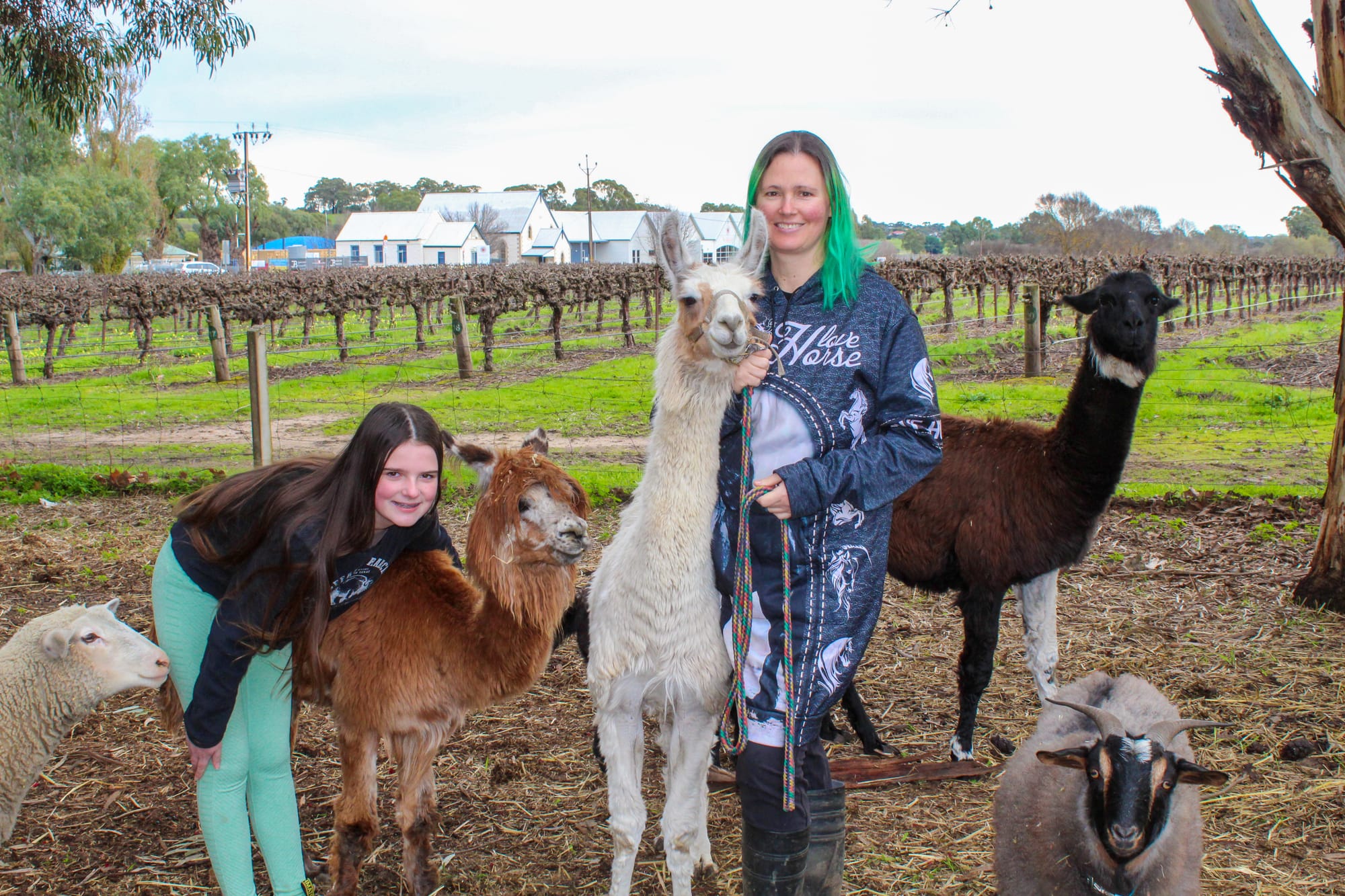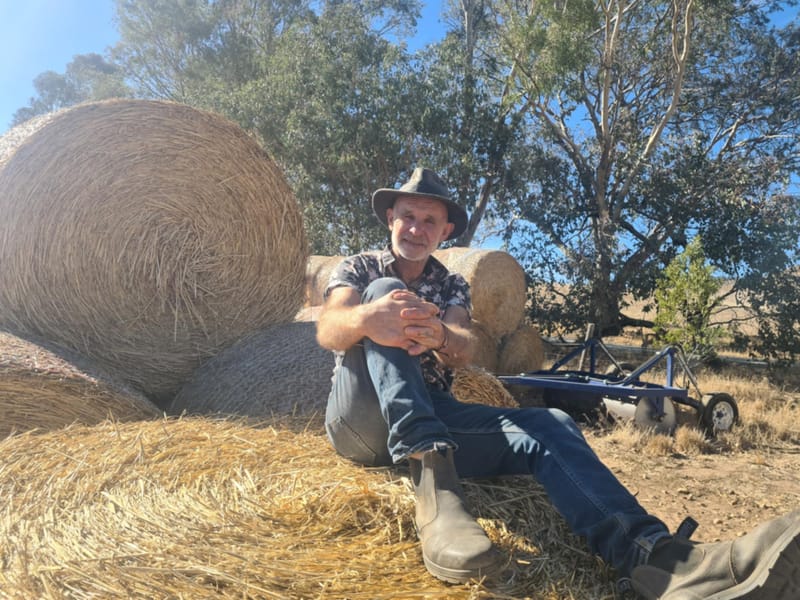Semmlers reign supreme in SA’s llama market
PAINTED Pines Llamas at Lyndoch has had a strong lineage in the Barossa Valley and agricultural industry for over a century, and now breeds an esteemed array of llamas. The Semmler family established the site as a dairy farm over 100 years ago and...

PAINTED Pines Llamas at Lyndoch has had a strong lineage in the Barossa Valley and agricultural industry for over a century, and now breeds an esteemed array of llamas.
The Semmler family established the site as a dairy farm over 100 years ago and was one of the first groups of German immigrants to settle in the Barossa Valley.
Now, great-granddaughter and co-owner Mel Semmler is the biggest breeder of llamas in the state, while helping her family uphold other business endeavours like livestock breeding and continuing to maintain the dairy.
Painted Pines, run by Ms Semmler and her family, raises both medium-wool and Suri llamas in a range of colours and markings, available to be hired and accompanied by her for events like parties and weddings. They are sometimes for sale to appropriate homes.

Ms Semmler conducts tours of her family’s expansive farm and the plethora of animals that live there to showcase the day-to-day of farm life and give city folk a better understanding of agriculture.
She bred and trained alpacas for over two decades, but noted llamas were much easier to wrangle despite their similarities.
Now, Ms Semmler keeps a handful of alpacas with her llamas to show people the differences between the species.
“Normally, you can’t get near an alpaca because they’re antisocial like a cat, whereas llamas are more like a dog, they’re loyal and make great pets,” she said.
You can train llamas to go camping and put all your camping gear on them, they can pull carts, little kids can ride them, and you can even train them to sit down in your station wagon.”
Ms Semmer described llamas as having long banana-shaped ears, a straight back and an upright tail. But an alpaca has small, pointed ears, often a fringe of hair covering its eyes, a rounded back and a tail that tucks under.
Both species originate from Peru and Argentina in South America and live for up to 30 years, like a horse, but alpacas grow to about 70kg, while llamas can grow up to 6ft 5’ and weigh in at 200kg.
Both also have the infamous ability to spit as a defence mechanism, with a llama being able to do so up to 2m, but Ms Semmler said alpacas spat more often due to their stand-offish nature.
“Alpacas will spit at you if you just look at them, it’s their only form of defence because they don’t bite and they can’t kick properly,” she said.
They will spit at each other over food and pregnant females will spit at males to ward them off.
“Food that is spat on will not be eaten by the others. They’re very fussy.”
Llamas and alpacas live among other common farm animals at Painted Pines such as goats, rams, sheep, cows and bulls.
In 1847, Johann and Anna Semmler arrived in the Barossa from Bremen, Germany, along with a substantial number of such immigrants who were the first settlers in the area.
They joined local congregations, and established the Lutheran settlement Hoffnungsthal at St Jakobi, Lyndoch and Rowland Flat in the mid-1850s.

The family gradually acquired more land, including the surrounding vineyards and 80 acres of hill behind the farm.
Sheep roam the hill, keeping the grass down, and can wander into the vineyards to give birth to their lambs.
In the past few years, the Semmlers have ventured into the market of selling beef cattle, breeding Wagyu and Hereford cows that are sold at markets or to butchers for commercial consumption.





